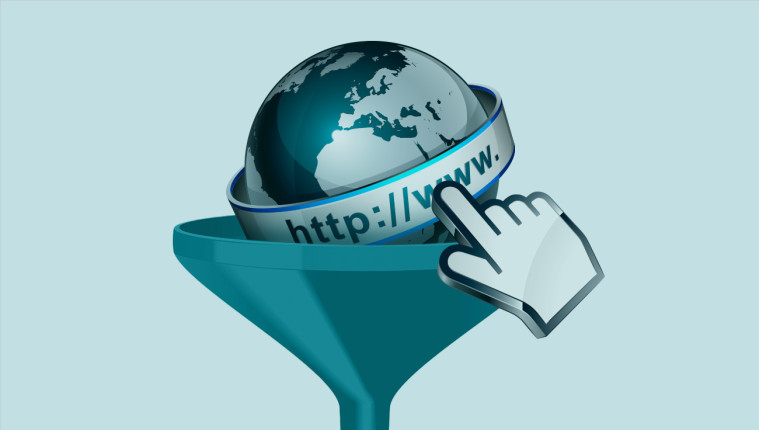Employees across various professions spend most of their workday on computers, predominantly within web browsers. While some websites can offer harmless fun by possibly drawing their attention away from work, others can lead to more significant risks, such as malware infestations.
Safeguarding your employees´ browsers
To enhance the security of company devices, IT professionals commonly implement web control as a preventive measure. This involves restricting access to less-reputable websites known for phishing, spreading malware, spam, or other threats. When an employee attempts to visit a perilous website with an active content-filtering tool, the tool intervenes, blocking access, while explaining the reason behind the restriction.
Another motivation for implementing web control measures is to boost productivity. However, this approach might be a double-edged sword. Restricting access to social media networks and similar platforms may lead your employees to perceive a lack of trust, potentially resulting in a decline in their productivity. Furthermore, such restrictions may not yield the desired positive effects on productivity, considering everyone has a smartphone in their pocket loaded with similar attention-grabbing apps.
As an IT professional, you must balance which websites or categories to block and which to permit. Communication is key in this process — articulating web control policies to employees and fostering transparency regarding the necessity of these measures, and how they can contribute to a smoother implementation and their and the companies’ security.
Reasons to block certain websites
There are several compelling reasons for implementing website blocking, with the primary aim being to prevent users from accessing potentially malicious sites. These can include phishing websites that attempt to lure employees into disclosing sensitive information or websites hosting malicious files that could be downloaded onto company computers by unwary employees.
Another valid consideration is blocking websites that may harbor illegal content, such as torrent sites or those distributing files that infringe on copyright. Allowing employees to download illegal materials could expose your company to legal action. Additionally, you might want to consider blocking specific categories of sites, such as those with adult content.
Types of web content filtering
Web content filtering works by setting the rules for accessing websites. You can block the web by using multiple different options. There are numerous browser extensions available that block specific websites; another common approach is to utilize firewalls or proxy servers. The popular and accessible option is to use a web control URL blocking tool that is a part of the cybersecurity solution, such as the ESET PROTECT platform.
Solutions like that allow IT specialists to enable web control with just a few clicks. Admins can use built-in policies or set up their own rules based on a few parameters and group multiple URLs together to apply one rule to them.
Websites can be blocked using various methods:
- URL filtering: This approach blocks access to websites based on their web addresses (URLs). It involves creating blacklists of websites to block or whitelists to allow.
- Keyword Filtering: These filters use specific keywords to categorize websites and identify and block objectionable or harmful content.
- Category-Based Filtering: Organizations can use category-based filters to control access to specific types of websites. These filters allow or block access to websites falling into various categories, such as adult content, gambling, social networks, etc.
- Time-Based Filtering: Access to certain sites can be restricted during specific hours, allowing flexibility for when employees can use certain web services.
- Content Type Filtering: This method restricts certain types of files from being downloaded (e.g., videos, images, software) to prevent bandwidth congestion and reduce security risks.
Benefits of web filtering
The benefits of website blocking are evident; they act as a preventive measure against malware and various types of cyberattacks. By blocking potentially dangerous websites you are adding another layer of protection to your cybersecurity posture. Additionally, by restricting access to non-work-related sites, you can potentially enhance employee productivity. However, this must be clearly communicated, ensuring that only unnecessary sites are blocked.
Web controls serve as an important component in the cybersecurity infrastructure of any organization. By judiciously implementing these measures, IT professionals fortify their network against cyber threats and contribute to maintaining an environment conducive to productivity. It is essential to strike a balance that respects employees’ autonomy while ensuring the company’s digital assets are secure. Open communication about the rationale behind web controls will foster a culture of cybersecurity awareness and cooperation. Ultimately, the goal is to create a secure, efficient, and trust-filled workplace.




